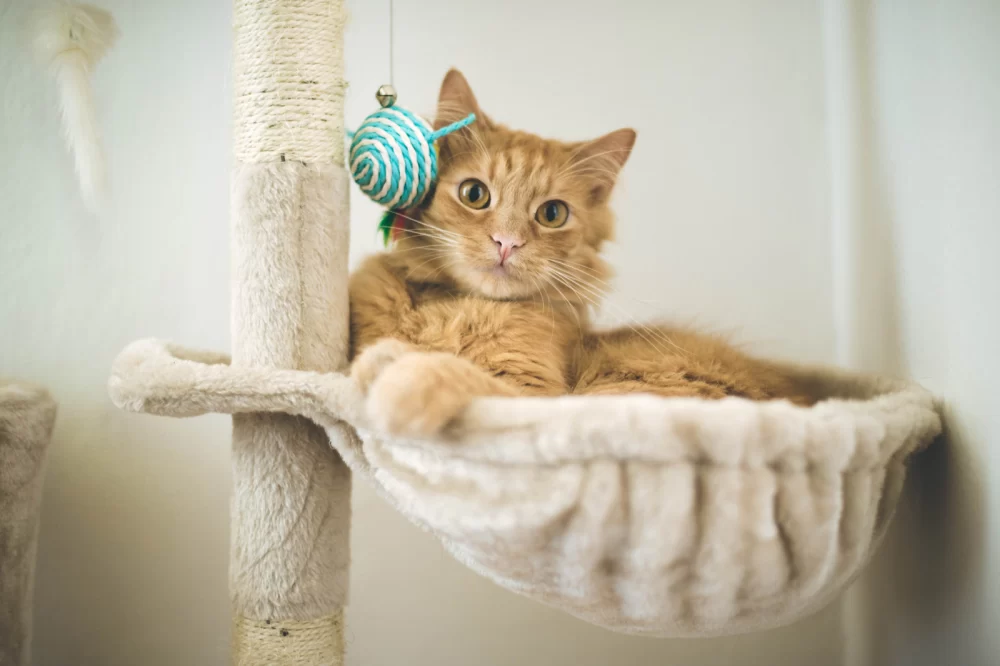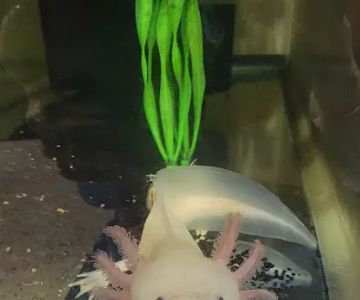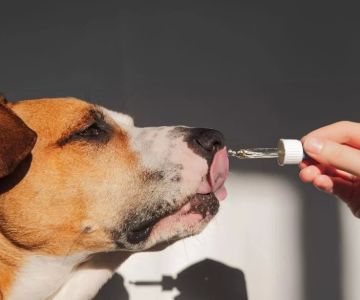- why-create-homemade-cat-toys-with-feathers
- benefits-of-using-feathers-in-cat-toys
- materials-needed-for-homemade-cat-toys-with-feathers
- step-by-step-guide-to-making-homemade-feather-toys
- real-case-inspiration-how-feather-toys-improved-playtime
- safety-tips-for-homemade-cat-toys
1. Why Create Homemade Cat Toys with Feathers?
Creating your own homemade cat toys with feathers is not only an affordable way to entertain your pet but also provides a unique, personalized touch to their playtime. Feathers are naturally appealing to cats due to their movement and texture, which mimic the fluttering of birds—a cat's instinctual prey. By making your own feather toys, you can ensure they are safe, customizable, and stimulating for your feline companion.
2. Benefits of Using Feathers in Cat Toys
Feathers can bring several benefits when used in homemade cat toys. Here's why feathers are a great addition to your DIY creations:
2.1 Mimics Natural Prey
Cats are instinctively drawn to movements similar to birds fluttering in the wild. Feathers imitate that movement and grab your cat's attention, encouraging active hunting and play.
2.2 Promotes Physical Activity
Feathers sway, flutter, and dangle in a way that encourages your cat to leap, pounce, and chase. This type of physical activity helps your cat burn off excess energy and maintain a healthy weight.
2.3 Stimulates Mental Engagement
Feather toys provide a mental challenge for cats, making them think and strategize as they try to catch the moving object. This helps prevent boredom, especially for indoor cats.
3. Materials Needed for Homemade Cat Toys with Feathers
Before you start making your feather toys, gather the following materials. The beauty of homemade cat toys is that you can often use items you already have around the house:
3.1 Feathers
Feathers are the star of the show. You can find them at craft stores or even use feathers from old bird feathers or pet-friendly sources. Choose feathers that are soft and light.
3.2 String or Ribbon
To attach the feathers to your toy, you’ll need a sturdy string or ribbon. Opt for materials that are not too thick or too thin, as both can break easily under the strain of play.
3.3 Stick or Rod
A wooden dowel, chopstick, or any sturdy stick works well as the base for the toy. This will be where you attach the feathers, allowing you to wave them around and mimic the motion of prey.
3.4 Hot Glue Gun or String
To secure the feathers to the stick, a hot glue gun or some durable string can do the job. Be sure to allow any glue to dry completely before letting your cat play with the toy.
3.5 Optional Decorations
If you want to get creative, you can add decorative elements like small bells, colored ribbons, or even fabric scraps to the toy for added interest and fun.
4. Step-by-Step Guide to Making Homemade Feather Toys
Now that you have your materials, it’s time to create your homemade feather toys! Follow these simple steps:
4.1 Prepare the Stick or Rod
Start by taking your stick, chopstick, or dowel. If you’re using a chopstick, you can leave it as-is or wrap some string around the end for a more secure grip.
4.2 Attach the Feathers
Using your hot glue gun or string, attach a few feathers at one end of the stick. Make sure the feathers are firmly secured, but leave them free to dangle and move. If you're using a string, tie the feathers securely and let them hang loosely for maximum movement.
4.3 Add Extra Fun Elements
For extra fun, you can add a bell to the end of the feathers. Cats love the sound of a ringing bell, which adds another layer of excitement to the toy.
4.4 Test and Adjust
Once everything is attached and the glue has dried, test the toy to ensure it moves easily. Wave it in front of your cat to see if they’re engaged with the movement. If it needs more action, try adding more feathers or adjusting the string length.
5. Real Case Inspiration: How Feather Toys Improved Playtime
Take the case of Whiskers, a 2-year-old tabby who had become increasingly lethargic. Her owner, Sarah, noticed that Whiskers was no longer interested in store-bought toys. After consulting with Hidden Brook Veterinary about how to increase her cat’s activity, Sarah was given some simple DIY instructions to make feather toys at home. Within a week, Sarah reported that Whiskers was much more active and playful, especially with the homemade feather wands she made from craft supplies. The toys sparked Whiskers' hunting instincts and provided her with hours of entertainment. This example shows how a little creativity can transform your cat’s playtime and provide mental stimulation while keeping costs low.
6. Safety Tips for Homemade Cat Toys
While homemade toys are fun and cost-effective, safety is crucial. Follow these guidelines to ensure your feather toys are safe for your feline friend:
6.1 Supervise Playtime
Always supervise your cat while they’re playing with homemade toys, especially if they involve small parts like feathers or bells that could be chewed off and swallowed.
6.2 Use Non-Toxic Materials
Make sure all the materials used in the toys are non-toxic. This includes the glue, strings, and any other components you use to build the toy.
6.3 Regularly Inspect Toys
Over time, your cat's toys will wear down. Regularly inspect them to ensure they haven’t become damaged or unsafe. Replace any broken pieces immediately.
6.4 Avoid Small Pieces
While adding decorations like beads or buttons might make the toys more interesting, avoid small pieces that your cat might accidentally swallow.












